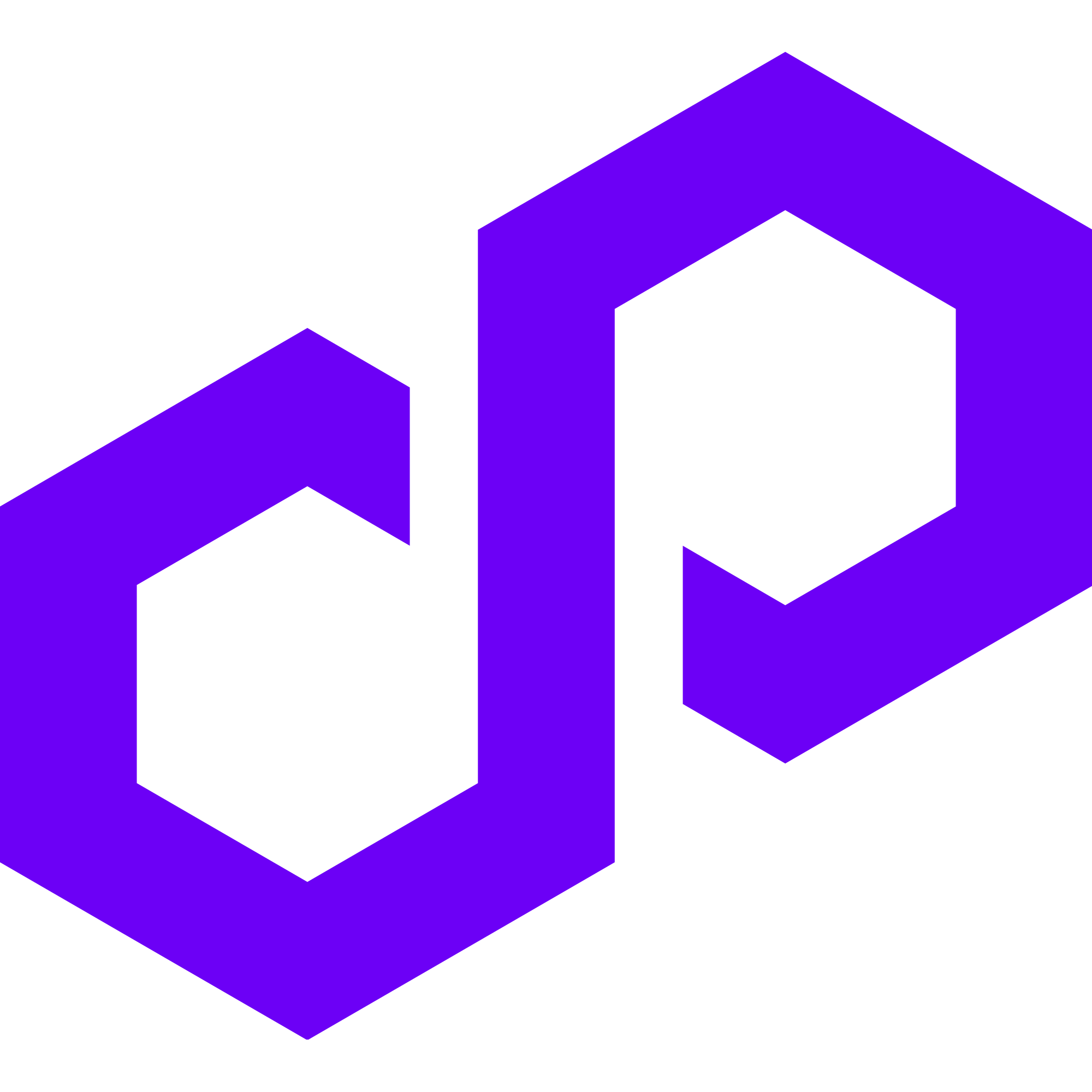Top 5 Best Scalable Cryptocurrencies
Discover blockchain platforms built for high performance and mass adoption.
Best Cryptocurrencies for Scalability
Key Features
Scaling Solutions
Key Features
Scaling Solutions

Avalanche
AVAXKey Features
Scaling Solutions
Key Features
Scaling Solutions
Key Features
Scaling Solutions
Understanding Blockchain Scalability
The Scalability Challenge
Blockchain scalability refers to a network's ability to handle increased transaction volume while maintaining performance, security, and decentralization. This challenge is often described as the "blockchain trilemma" - the difficulty of achieving optimal levels of all three properties simultaneously.
Scaling Approaches
Layer-1 Scaling
Direct improvements to the base blockchain protocol, including optimized consensus mechanisms, parallel transaction processing, and improved network architecture.
Layer-2 Solutions
Secondary protocols built on top of existing blockchains to handle transactions off the main chain while inheriting its security properties.
Sharding
Partitioning the blockchain into smaller pieces (shards) that can process transactions in parallel, increasing overall network capacity.
Key Scalability Metrics
Performance Metrics
- Transactions per second (TPS)
- Block time and finality
- Network latency
- Transaction costs
Network Metrics
- Node requirements
- Network bandwidth
- State growth
- Decentralization level
Evaluating Scalable Platforms
Consider these factors when evaluating blockchain platforms for scalability:
- Transaction Throughput: Maximum sustainable TPS
- Finality Time: How quickly transactions become irreversible
- Cost Efficiency: Transaction fees under high load
- Decentralization: Node distribution and accessibility
- Developer Experience: Tools and documentation
- Ecosystem Maturity: Active projects and users
Use Cases for Scalable Blockchains
DeFi Applications
- High-frequency trading
- Automated market making
- Yield farming
- Cross-chain bridges
Gaming & NFTs
- Blockchain games
- NFT marketplaces
- Virtual worlds
- Digital collectibles
Enterprise Solutions
- Supply chain tracking
- Payment networks
- Identity systems
- Data management
Web3 Applications
- Social networks
- Content platforms
- Decentralized storage
- Messaging systems
Frequently Asked Questions
What is blockchain scalability?
Blockchain scalability refers to a network's ability to process a high number of transactions quickly and efficiently while maintaining security and decentralization. It includes factors like transactions per second (TPS), finality time, and network capacity.
Why is scalability important for cryptocurrencies?
Scalability is crucial for mainstream adoption of cryptocurrencies. High-scalability networks can handle increased user activity, support complex applications, and maintain low fees even during peak usage, making them suitable for real-world applications.
What are the different approaches to blockchain scaling?
Common scaling approaches include Layer-1 solutions (improved consensus mechanisms, parallel processing), Layer-2 solutions (rollups, state channels), sharding, sidechains, and hybrid approaches. Each method offers different trade-offs between scalability, security, and decentralization.
How do scalable cryptocurrencies maintain security?
Scalable cryptocurrencies use various technologies to maintain security while increasing throughput, including advanced consensus mechanisms, cryptographic proofs, secure partitioning of data, and careful architectural design that preserves decentralization.
What is transaction finality and why does it matter?
Transaction finality is the time taken for a transaction to become irreversible on the blockchain. Fast finality is important for real-world applications as it provides quick confirmation and certainty for users and applications building on the network.
Stay Updated
Get the latest crypto news, rankings, and exclusive guides delivered to your inbox.
We respect your privacy. Unsubscribe at any time.



